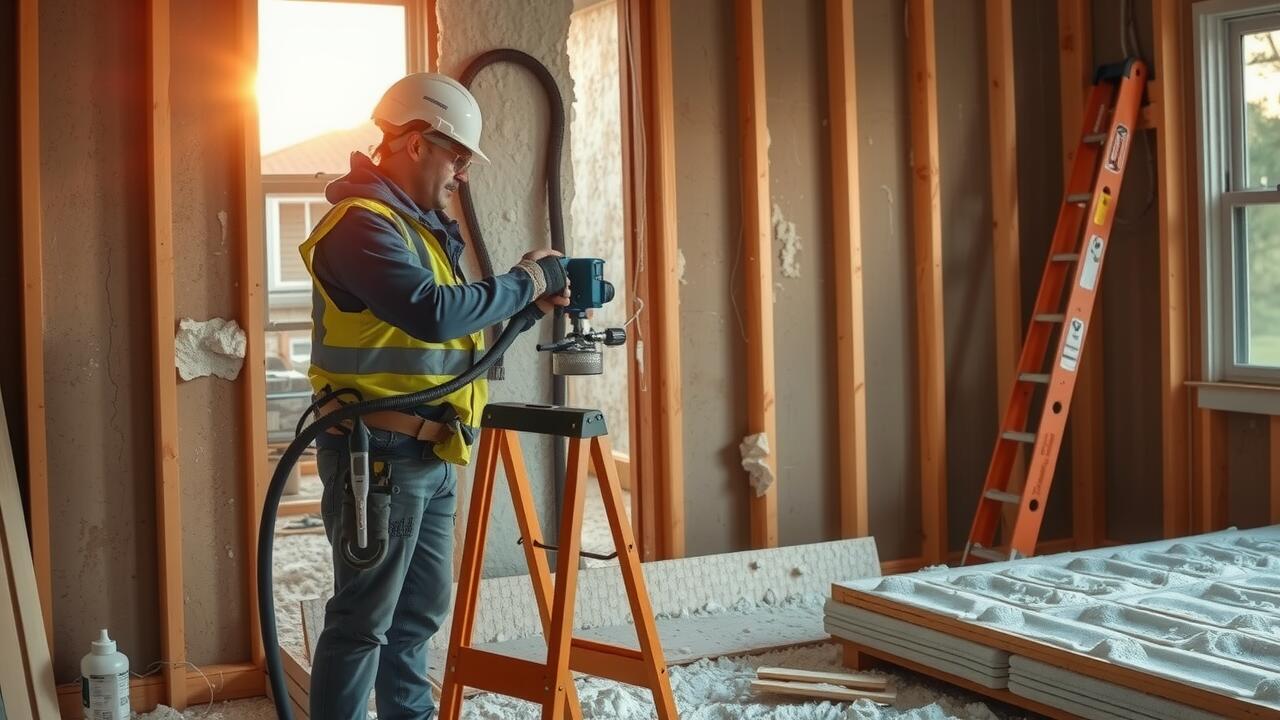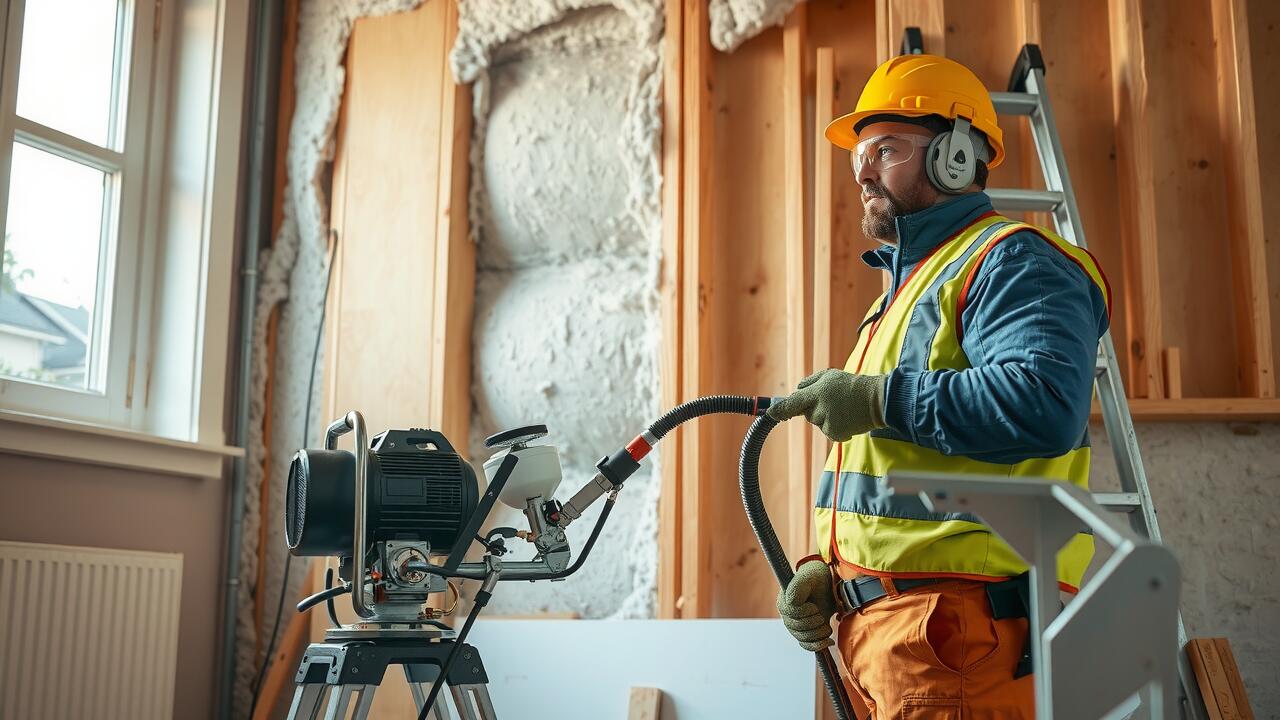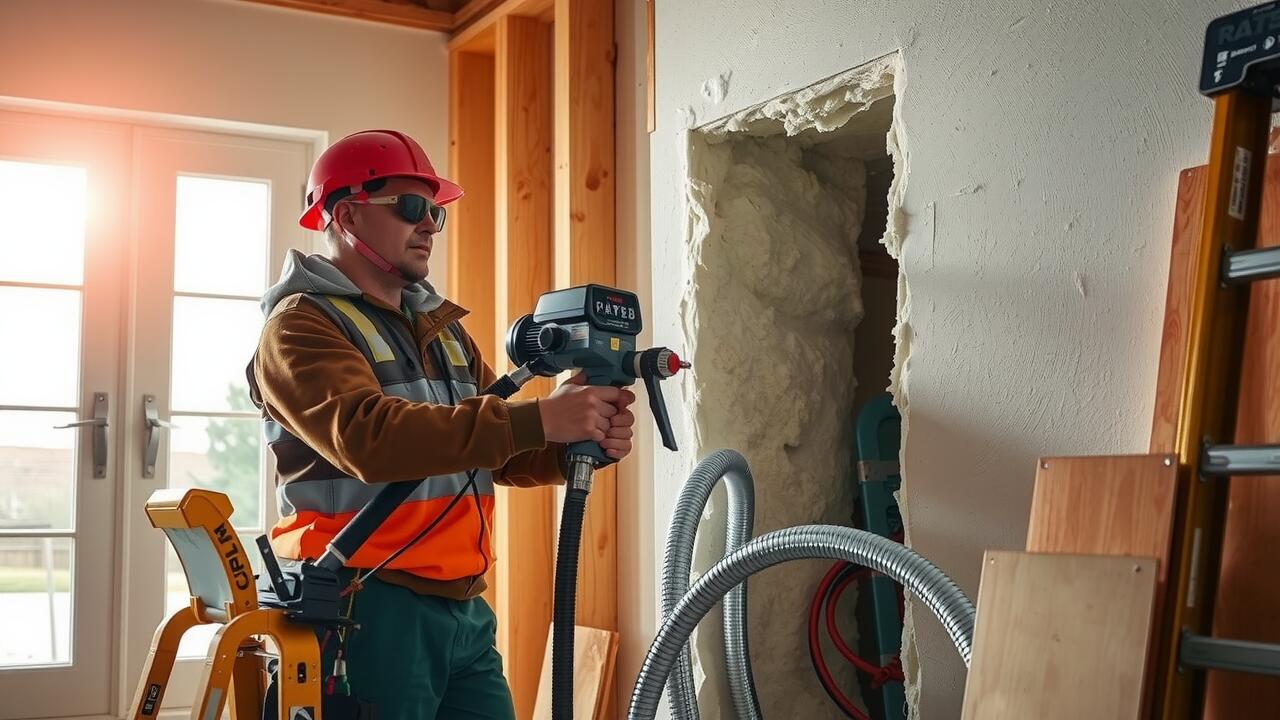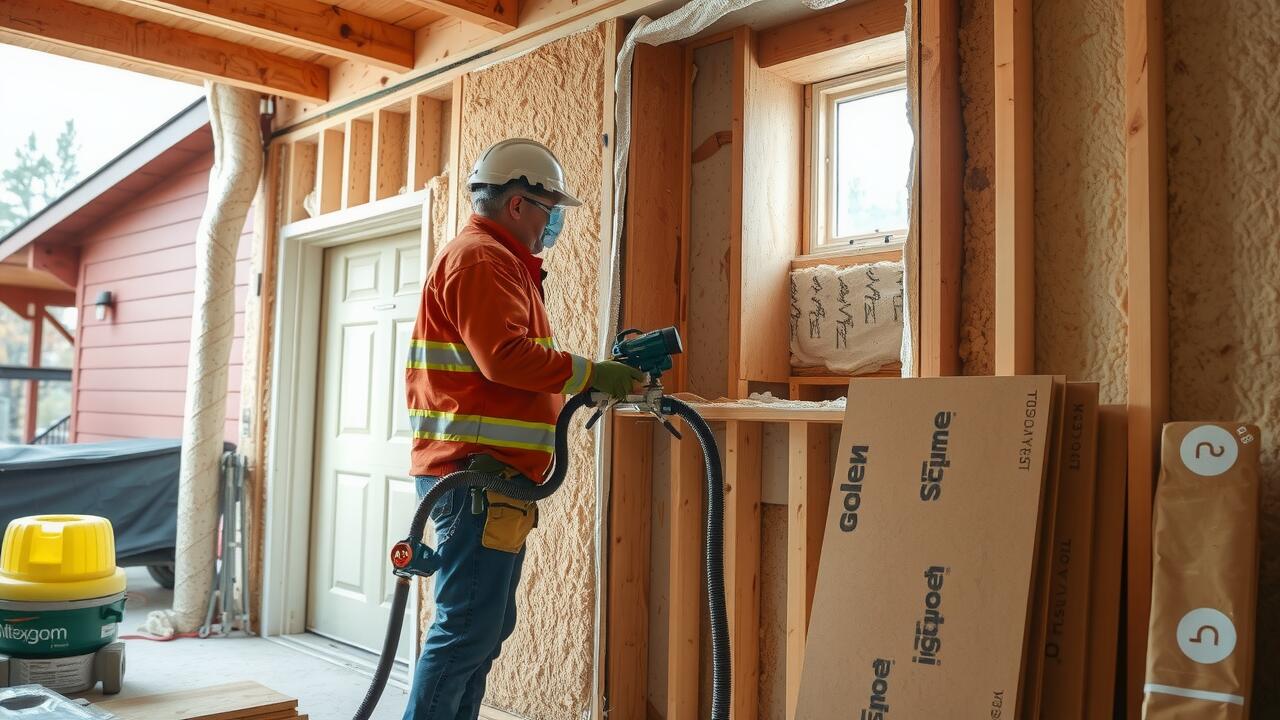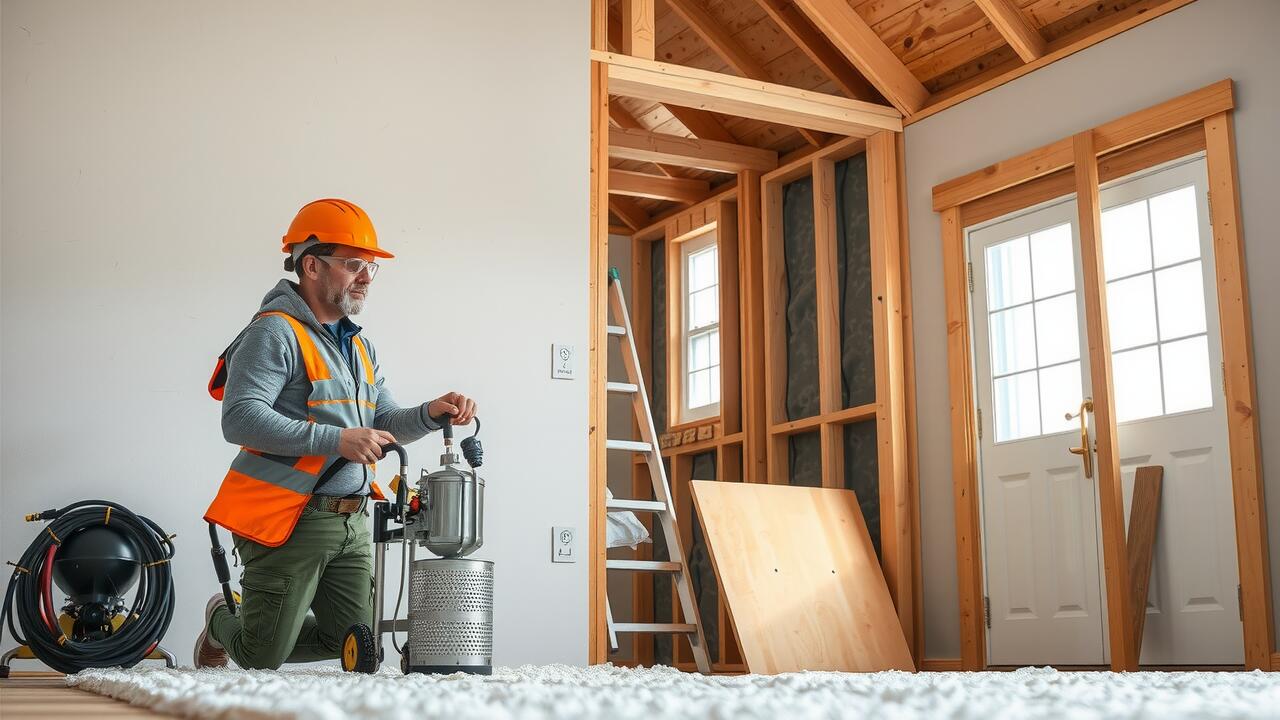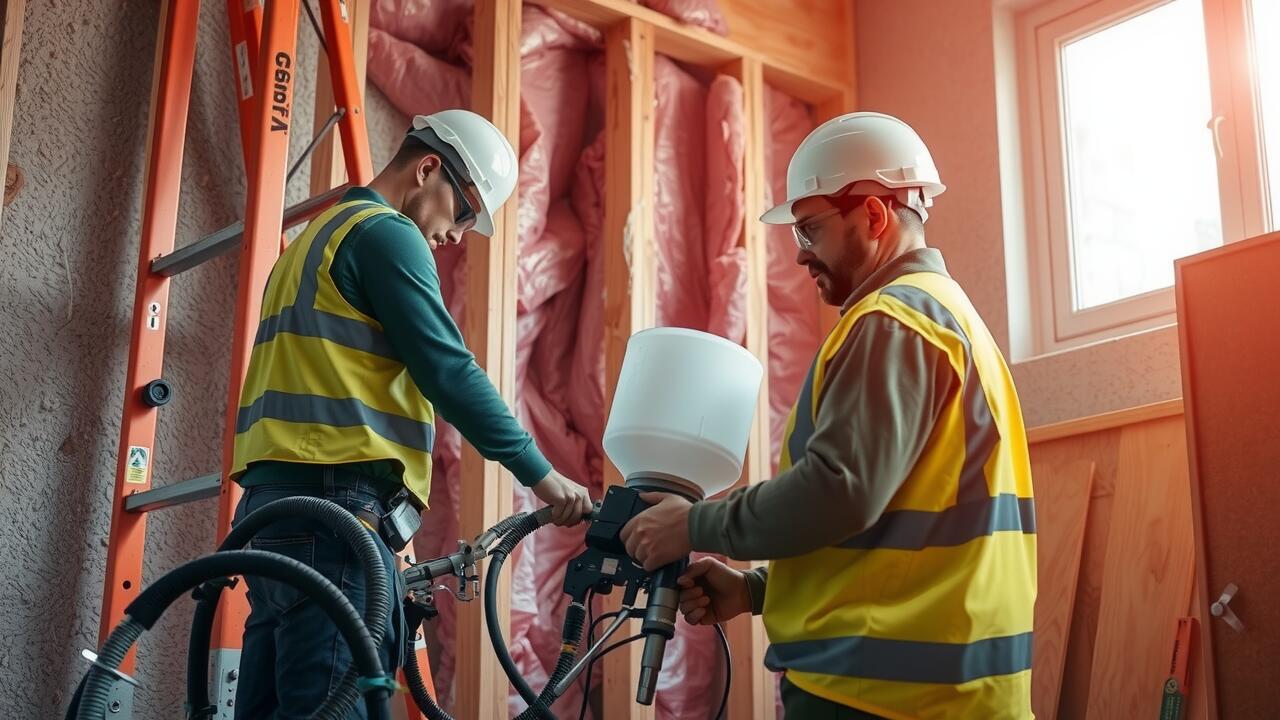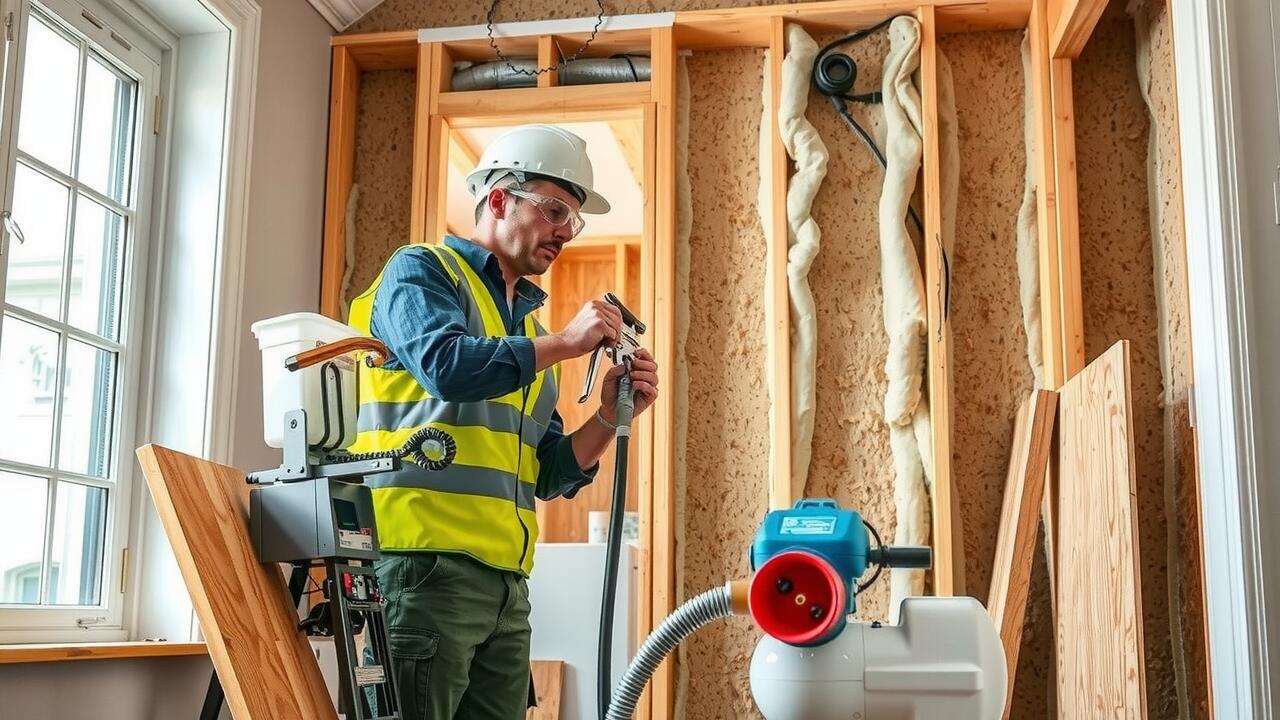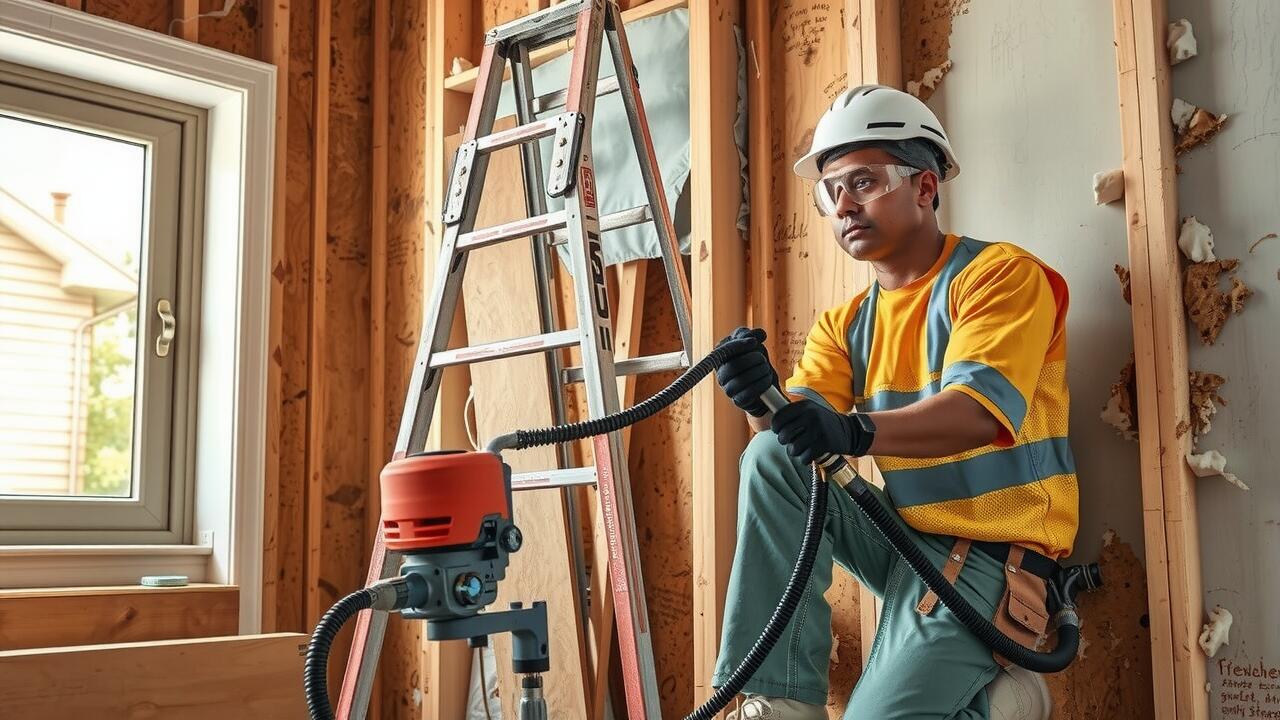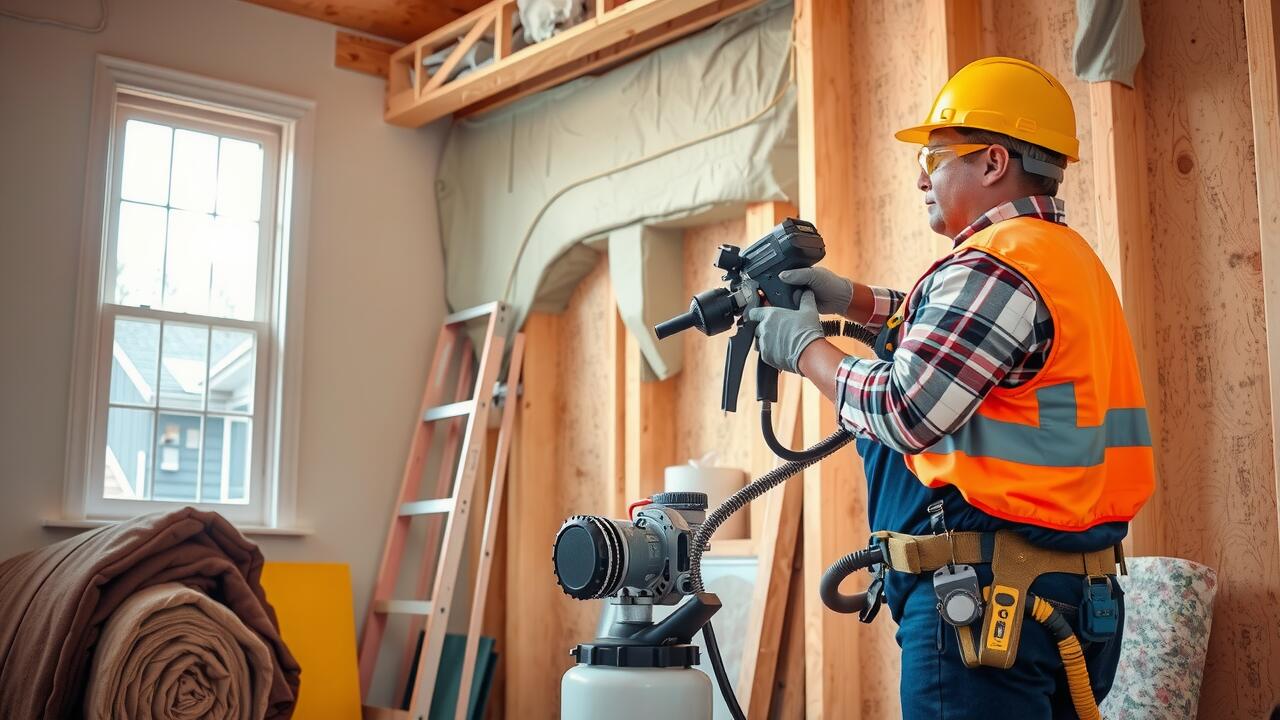
At INSUL8, we specialise in providing effective cavity wall insulation solutions that enhance the energy efficiency of your home. Our team of skilled professionals is dedicated to identifying and filling the voids between your external and internal walls, which can significantly reduce heat loss and lower your energy bills. By using high-quality materials and the latest techniques, we ensure that your property remains warm during the winter and cool in the summer, whilst also reducing your carbon footprint. With our thorough assessment and customised installation services, we aim to improve your home's comfort and value, all while contributing to a more sustainable future. Choose INSUL8 for reliable cavity wall insulation that you can trust.
Government Schemes and Funding Options
Homeowners seeking to improve energy efficiency through cavity wall insulation can turn to various government schemes and funding options. Initiatives like the Great British Insulation Scheme and Eco4 offer financial support for those retrofitting their properties. These schemes aim to reduce heat loss and enhance comfort in homes, particularly for low-income households. Eligibility criteria for these programmes often depend on the income level of the applicant and the property type, ensuring that support reaches those who need it most.
Funding sources also include grants from the Energy Saving Trust, which provide financial assistance for installing insulation materials such as mineral wool or polystyrene beads in cavity walls. Regions like Scotland, Northern Ireland, and areas within East Yorkshire have specific programmes tailored to address local needs. Homeowners can use various calculators available online to estimate potential savings on heating bills, making it easier to assess the financial implications of installation.
Available Grants for Homeowners
Homeowners looking to enhance their properties with cavity wall insulation may benefit from various grants aimed at improving energy efficiency and reducing carbon emissions. The Energy Company Obligation (ECO) scheme provides financial assistance for qualifying households, particularly those facing fuel poverty. Grants can help cover installation costs, making insulation more accessible for those who may have previously deemed it unaffordable. Additional funding options exist through local authorities and initiatives designed to support home improvements, ensuring that residents can achieve better thermal insulation at lower costs.
For landlords, similar grant opportunities may be available to encourage energy-efficient upgrades in rental properties. Meeting updated building regulations is essential, and financial support can significantly ease the burden of compliance. Many homeowners may also find that specific grants offer to cover a portion of renovation expenses, thus improving property value while contributing to a smaller carbon footprint. By availing themselves of these funding options, homeowners take significant steps toward enhancing their living conditions and promoting sustainable practices in Great Britain.
Performance and Efficiency Ratings
Performance and efficiency ratings are crucial for assessing the effectiveness of cavity wall insulation. Understanding U-values is essential, as this measurement indicates the rate of heat transfer through building materials. A lower U-value signifies better insulation performance, which can lead to significant reductions in energy consumption. In the context of social housing and residential properties, improving energy efficiency results in lowered fuel bills for occupants. Ratings such as Energy Performance Certificates (EPC) provide a comprehensive overview of a property’s insulation quality, influencing both market value and the comfort of living spaces.
The choice of insulation material can also affect performance ratings. For instance, phenolic foam is known for its low emissivity and excellent insulation properties. This material is often favoured in new builds and renovations, where optimal thermal efficiency is a priority. Factors such as humidity levels and the potential for moisture ingress can impact the overall effectiveness of cavity wall insulation. Regular surveys by qualified professionals can help identify any issues related to insulation integrity, ensuring homeowners can benefit from improved energy performance while avoiding risks associated with dampness or heat loss.
Understanding U-values and EPC Ratings
U-values are a crucial measure in assessing the thermal performance of building materials, indicating how effective a material is as an insulator. The lower the U-value, the better the material's insulating properties, which translates into reduced heat loss. This metric is especially important for cavity wall insulation, as optimal U-values contribute to energy efficiency, comfort levels within a property, and lower energy bills. Properties insulated to high standards frequently achieve ratings in line with contemporary building regulations, making them more appealing to potential buyers and renters.
Energy Performance Certificates (EPCs) provide a standardised way of evaluating a building's energy efficiency. These certificates score properties from A to G, where A represents the highest level of efficiency. The rating is influenced by various factors, including insulation, heating systems, and overall energy use. Additionally, EPC assessments often highlight areas for improvement, enabling homeowners to make informed decisions regarding renovations or energy-saving upgrades. A good EPC rating not only benefits the environment through reduced emissions but can also lead to financial advantages, such as lower council tax rates or eligibility for grants aimed at enhancing energy performance.
Common Issues with Cavity Wall Insulation
Cavity wall insulation can offer significant benefits in terms of thermal efficiency, but certain issues are commonly associated with it. One prevalent problem is thermal bridging, where insulation fails to completely cover areas between walls, leading to cold spots and potential condensation. This can be especially problematic in older properties or those with unconventional structures, such as timber-framed houses. Insufficient insulation can exacerbate issues like fuel poverty as energy efficiency is compromised, causing higher heating costs in the long run.
Another concern involves the materials used for insulation. If inadequate fillers are applied or if the insulation is not water-resistant, homeowners may experience issues with dampness and mould. Such conditions can lead to serious damage over time, impacting both the structural integrity of the property and the occupants' health. Regular inspections are essential to ascertain the insulation’s effectiveness and to ensure that it meets the desired specification without allowing for water ingress or condensation build-up.
Identifying Potential Problems
Homeowners may encounter various problems related to cavity wall insulation, with moisture ingress being one of the most significant concerns. If insulation materials are improperly installed, gaps can form, allowing water vapour to penetrate the walls. This can lead to damp issues, affecting both the structural integrity of the property and the health of its occupants. Signs of moisture-related issues include peeling paint, mould growth, and a marked increase in humidity levels within the home.
Another common issue arises from the type of insulation material used, such as foam or fibre, which can influence thermal performance. Some materials may not provide sufficient breathability, trapping humidity within the wall cavity. This can lead to the growth of mould or the deterioration of underlying structures like mortar and brick. Additionally, improper installation may create voids where air can circulate, causing thermal bridges that result in increased heating costs and higher carbon emissions. Evaluating insulation performance with tools such as a borescope can help identify these issues early on, ensuring that homes remain comfortable and energy-efficient.
FAQS
What is cavity wall insulation?
Cavity wall insulation involves filling the space between the inner and outer walls of a property with insulating materials to improve energy efficiency and reduce heating costs.
How can I benefit from government schemes for cavity wall insulation?
Government schemes offer financial assistance, such as grants and funding options, to help homeowners install cavity wall insulation, making it more affordable and accessible.
What are U-values and why are they important?
U-values measure the thermal performance of building materials, indicating how effective insulation is. Lower U-values signify better insulation, which can lead to reduced energy costs and improved comfort in your home.
What are some common issues associated with cavity wall insulation?
Common issues include dampness, mould growth, and insulation settling over time, which can compromise the effectiveness of the insulation and potentially lead to structural problems.
How can I identify potential problems with my cavity wall insulation?
Signs of potential problems include cold spots on walls, visible damp patches, peeling paint or wallpaper, and an increase in heating bills. If you notice these signs, it may be worth consulting a professional.
